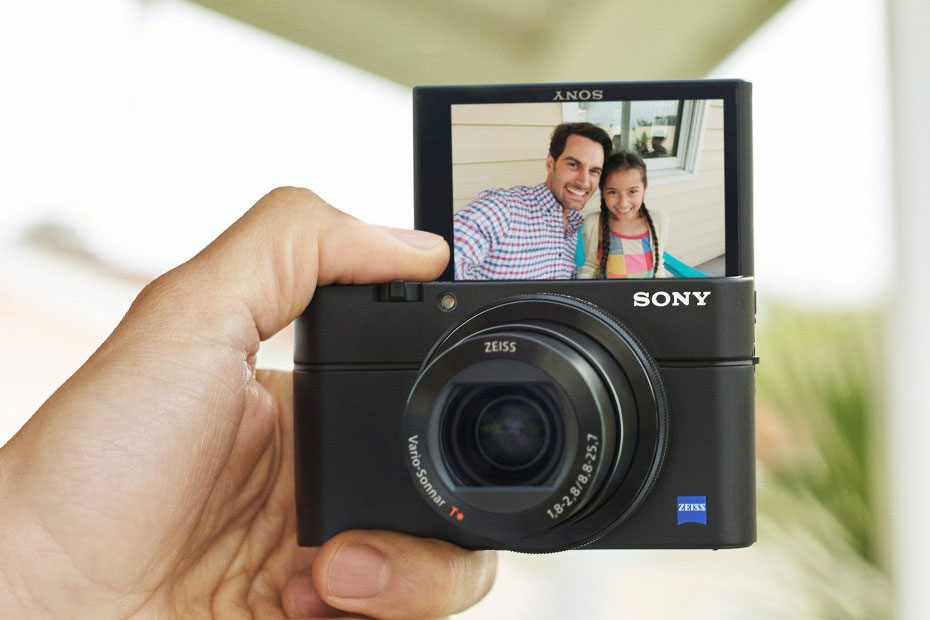How to Hold a Point and Shoot Camera for Stunning Shots

Introduction
Professional photographers know that every detail counts, especially when it comes to shooting with a point and shoot camera. The way you hold your camera can make a world of difference in the clarity, composition, and overall quality of your photos.
In this article, well delve into the ins and outs of how to hold a point and shoot camera effectively. By mastering these techniques, you can unlock the true potential of your device and capture pictures that stand out.

Importance of Proper Handling
Properly holding a point and shoot camera is crucial for minimizing camera shake, ensuring sharp focus, and maintaining stable framing. While these cameras are designed for simplicity, they require a deliberate technique for professional-grade results.
The Basics of Grip
A secure grip forms the foundation of stable shooting. Hold the camera firmly with both hands. Use your right hand to grip the side of the camera, ensuring your fingers are comfortably placed around the shutter button and controls. Your left hand should support the bottom of the camera, providing additional stability.
Posture and Stance
Your body form contributes to camera steadiness. Stand with feet shoulder-width apart to create a stable base. Slightly bend your knees and tuck your elbows close to your body. This reduces unintended movement and helps you remain steady.
For even more stability, lean against a solid surface or sit down while shooting.

Utilizing the Viewfinder and LCD Screen
While using the LCD screen to compose shots is convenient, it can be less stable than using the viewfinder. Raising the camera to your eye naturally brings your arms closer to your body, offering more support. If your camera has a viewfinder, use it whenever possible for greater control.
Burst Mode and Image Stabilization
Activate burst mode to capture multiple frames in quick succession. This increases your chances of getting a clear shot. Additionally, leverage your cameras image stabilization feature, if available. This technology compensates for slight movements, resulting in sharper images.

Environmental Factors
Pay attention to environmental elements like wind, uneven ground, or other external factors that can impact your stability. When faced with challenging conditions, use a tripod or find other creative ways to stabilize your camera, such as placing it on a sturdy surface.
Tripods for Extra Stability
For situations demanding utmost steadiness, a tripod is an essential tool. Even a compact, portable tripod can significantly enhance your shooting stability. Look for tripods specifically designed for point and shoot cameras.
Practical Tips for Holding a Point and Shoot Camera
Single-Handed Shooting
When one-handed shooting is necessary, ensure your grip is firm but relaxed. Use your thumb to support the camera's back and your index finger to control the shutter. Counterbalance the camera with your other fingers to prevent tilting.
Using Straps for Safety
Always utilize a wrist or neck strap while shooting. This not only provides added security but also aids in stabilizing the camera, reducing the risk of drops.
Dealing with Low Light
In low-light conditions, keeping steady becomes even more critical. Adjust settings to accommodate slower shutter speeds, and consider using the cameras flash. If a tripod isn't available, use natural stabilizers like walls or other supports.
Balancing Comfort and Control
Finding the right balance between comfort and control is key. The more relaxed you are, the steadier your hold will be. Avoid tensing up, which can lead to unnecessary shake and stiffness in your posture.
Gain comfort by practicing different grips and stances until holding your point and shoot camera becomes second nature.
Conclusion
Knowing how to hold a point and shoot camera is a fundamental skill for any professional photographer aiming for excellence. By incorporating these strategies, you'll ensure crisp, well-composed shots every time.
Remember, practice makes perfect. Spending time refining your technique will yield rewarding results and push the boundaries of what your point and shoot camera can achieve.
FAQ
Why is using both hands important?
Using both hands provides greater stability, helping to minimize camera shake, resulting in clearer and sharper images.
Should I always use a viewfinder?
Using a viewfinder is recommended whenever possible as it brings your arms closer to your body, offering additional stability compared to using the LCD screen.
How can I stabilize my camera without a tripod?
In the absence of a tripod, lean against sturdy surfaces, use the camera strap for added security, or place the camera on a stable surface to reduce movement.
Additional Resources:
Get the Most Out of Your Pocket Camera
What is a Point and Shoot Camera?
Better Images with Point and Shoot Film Cameras
As an Amazon Associate, I earn from qualifying purchases.
As an Amazon Associate, I earn from qualifying purchases.

